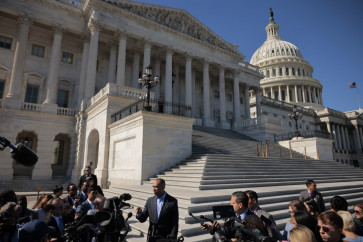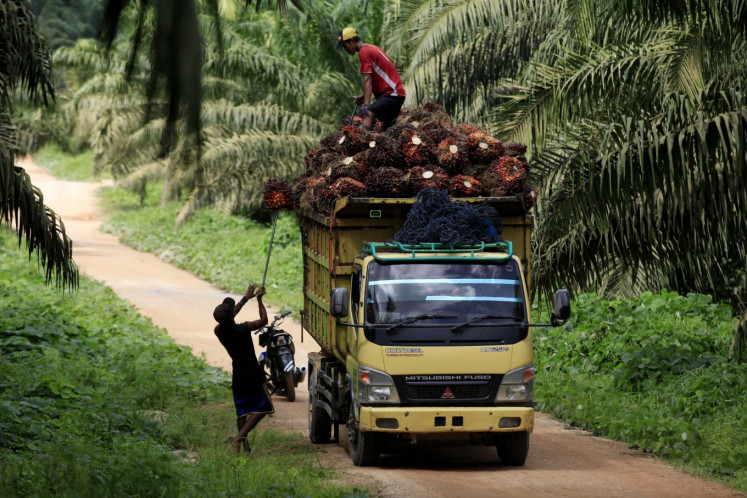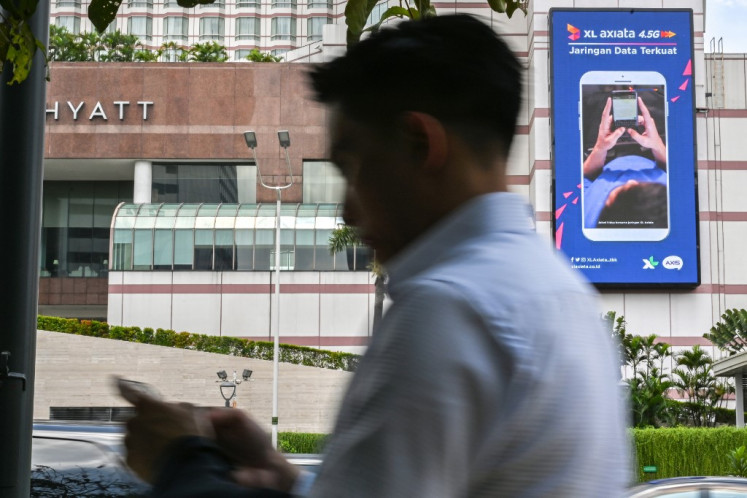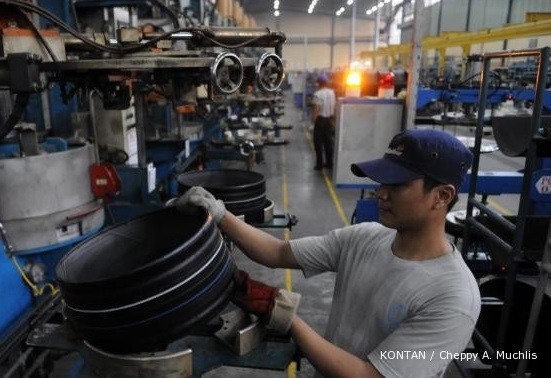Popular Reads
Top Results
Can't find what you're looking for?
View all search resultsPopular Reads
Top Results
Can't find what you're looking for?
View all search resultsResident finds gold coins dating back to ancient Aceh
(JP/Hotli Simanjuntak)Residents in Banda Aceh were stirred on Tuesday with the discovery of a chest containing hundreds of dirham (gold) coins dating back to an ancient Aceh kingdom
Change text size
Gift Premium Articles
to Anyone
(JP/Hotli Simanjuntak)
Residents in Banda Aceh were stirred on Tuesday with the discovery of a chest containing hundreds of dirham (gold) coins dating back to an ancient Aceh kingdom.
The gold coins were found inside a chest when an oyster gatherer, female by tradition, was looking for oysters in a swampy area in Gampong Pande village, Banda Aceh.
The chest was discovered not far from an ancient cemetery destroyed by the 2004 tsunami.
'The coins were found in a chest covered by coral and oyster shells and buried in mud,' said Abdullah, a Gampong Pande villager.
News of the discovery saw residents in the vicinity to head to the location, hoping to find more gold coins.
'Many of them also found coins in a separate place located not far from the original location,' said Abdullah.
He said the person who initially found the coins was unaware that the chest she stumbled on was filled with gold coins. When she broke the chest, hundreds of gold coins spilled out.
Residents in their hundreds were quickly on the scene, arriving with simple tools and scraping sand on the riverbed and swamp near the ancient tombs.
They immediately sold the gold coins to a gold shop. Several gold traders were also noticed at the site buying the coins at various prices from the residents.
The coins were sold at Rp 350,000 (US$30.15) for a coin the size of a button and Rp 800,000 for a coin measuring the size of a current Rp 100 coin.
The discovery of gold coins in Gampong Pande village is unsurprising as the village was the location of the first Islamic kingdom of Aceh. The area was the site of a kingdom ruled by the Meukuta Alam dynasty.
The neighboring kingdom was ruled by the Darul Kamal dynasty.
Both dynasties were then merged, forming the Aceh Darussalam kingdom, by Acehnese Sultan Iskandar Muda Johan Pahlawan Meukuta Alam.
'Gold coins have been found in the location since long ago as it is the site of various ancient kingdoms in Aceh,' said Syiah Kuala University's Cultural and Social Science Research Center head Husaini Ibrahim.
From the 13th to the 17th century, Gampong Pande village evolved into an industrial area, becoming a center producing various goods, including gold coins, thus its name.
Gampong Pande literally means 'village of the expert or master craftsman'.
'The area should immediately be preserved by the government because it is derelict, despite the fact it is a historical site rich in Acehnese history,' said Husaini.
Husaini expressed regret over the slow actions of the Aceh provincial administration on the discovery of the gold coins, saying it should have immediately collected all the gold coins by providing compensation to residents who found them so the priceless coins would not be lost.
The sites and tombs in the area are left in a state of neglect, as many of the ancient tombs are buried in the mud.
Contacted separately, Banda Aceh Tourism Agency chief Reza Pahlevi said his office was still coordinating with relevant agencies to conserve the gold coins.
'We will try to limit the number of residents looking for gold coins in the area,' he told The Jakarta Post.
'We've also bought some of the gold coins as samples for further study.'
Reza added that his agency was in the process of making Gampong Pande village a cultural heritage site to allow better management and conservation efforts.
'However, it will take a long time to do so because a clear regulation is required,' he said.










